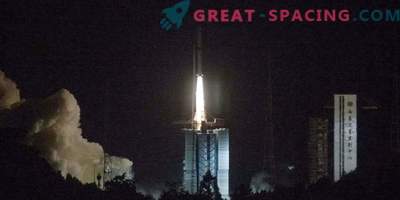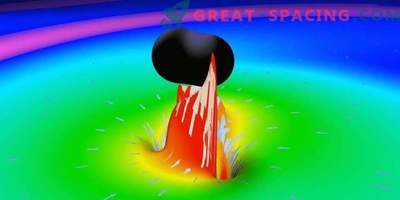
The Chinese probe Chang'e-4 recorded freezing night temperatures on the far side of the moon after activation on January 30
January 31, the National Space Agency of China reported that the lunar probe was awakened by two weeks of frosty hibernation. Records show that nighttime temperatures on the dark side of the moon were colder than previously thought.
On January 3, the Chang'e-4 probe (named after the mythological Chinese moon goddess) performed the first soft landing in history on the far side of the moon. This was an important step confirming China’s desire to become a space superpower.
During the first lunar night, the temperature on the surface of the Earth’s satellite dropped to -190 ° C. It's colder than scientists thought. The probe recorded night temperatures after activation on Wednesday. His “dream” lasted about 14 days. Previous US missions recorded higher temperature readings on the near side of the moon. Most likely, the reason should be sought in the difference in soil composition between the two lunar sides. The probe also released a Yutu-2 rover to the surface, which resumed operations on January 29 and will conduct experiments in Karman crater.
At Chang'e-4, devices developed by scientists from Sweden, Germany, and China are installed. The probe must study the lunar environment, cosmic radiation and the contact of the solar wind and the surface of the moon. Scientific instruments of the previous Chinese lunar mission Chang'e-3, sent in 2013, lasted more than 60 moon nights and continue to work.











































